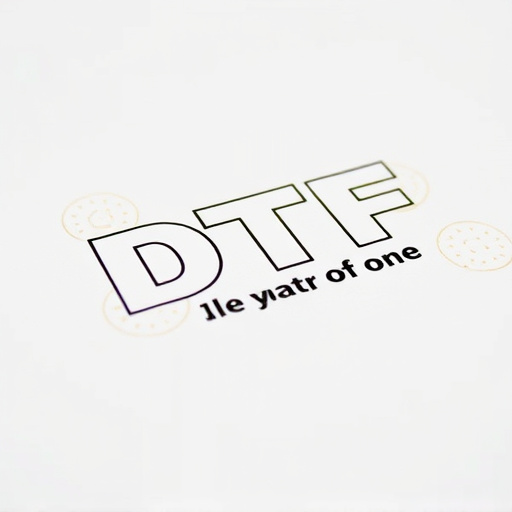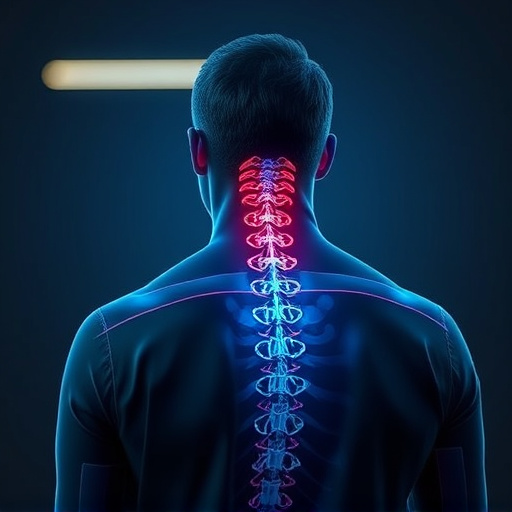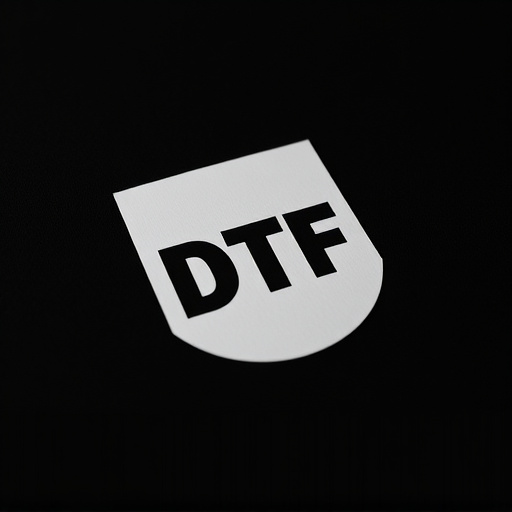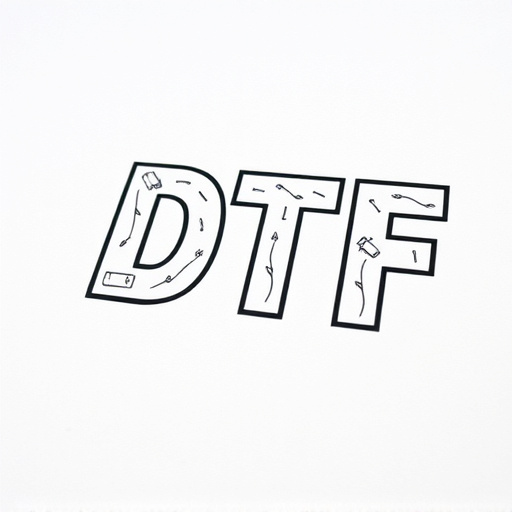Street performances enhance urban life but must adhere to strict environmental regulations regarding equipment emissions. Legal Cold Air Intake (LCAI) systems offer a solution by minimizing pollution and improving engine performance, ensuring artists comply with laws while maintaining their creative freedom. By adopting LCAI, performers contribute to cleaner city environments and foster a harmonious relationship between the arts and local governments, setting a sustainable example within the community.
In urban landscapes, legal street performances not only entertain but also contribute to environmental health. This article explores how legal cold air intake (CAI) systems play a pivotal role in emissions reduction for these mobile stages. We delve into the legal street performance standards, their impact on compliance and environmental footprint, and the necessity of upgrades for sustainable urban living. By understanding these aspects, performers and regulators can foster vibrant communities with cleaner air.
- Understanding Legal Street Performance Standards
- The Role of Cold Air Intake Systems in Emissions Reduction
- Upgrading for Compliance and Environmental Impact
Understanding Legal Street Performance Standards

Street performances bring life and color to urban spaces, but it’s crucial for performers and organizers to understand the legal standards surrounding their art. One key aspect is adhering to environmental regulations, especially when it comes to emissions from equipment used in performances. This includes legal cold air intake systems that minimize pollution, ensuring the health and well-being of both performers and spectators.
By complying with these standards, street artists can contribute to a cleaner, more sustainable environment while they entertain audiences. It’s about finding a balance between artistic expression and ecological responsibility. Understanding and following these regulations not only keeps performances legal but also fosters a positive relationship between the arts community and local authorities.
The Role of Cold Air Intake Systems in Emissions Reduction

Legal street performance upgrades often focus on reducing emissions, and one effective component to achieve this is the implementation of cold air intake (CAI) systems. These systems play a crucial role in optimizing engine performance while minimizing environmental impact. By redirecting cool, outside air directly into the engine, CAIs enhance combustion efficiency, leading to lower emissions. This simple yet powerful modification ensures that street performances adhere to legal standards without compromising power output.
Additionally, cold air intake systems offer several advantages for legalizing high-performance vehicles. They improve throttle response and overall engine sound, enhancing the driving experience. With proper installation and tuning, these systems can provide significant horsepower gains while keeping emissions within permissible limits. This ensures that street performers can enjoy their craft without causing environmental harm, thus fostering a sustainable and enjoyable performance culture.
Upgrading for Compliance and Environmental Impact
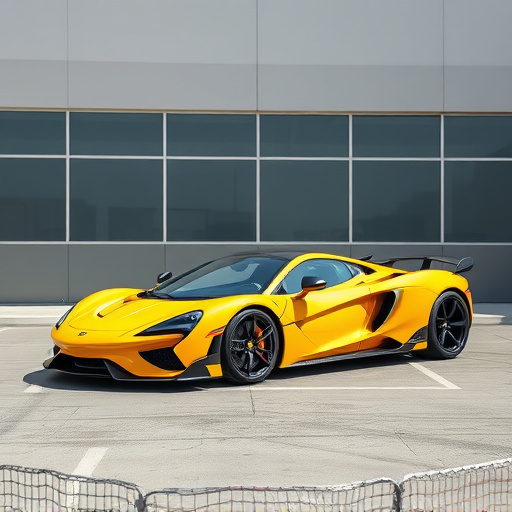
In many cities, street performances bring joy and vibrancy to urban spaces, but they also face regulatory challenges, particularly regarding environmental impact and compliance with local laws. To ensure their sustainability and legality, performers are increasingly adopting upgrades that focus on cleaner energy sources and reduced emissions. This shift is not just about meeting regulatory requirements but also contributing to a healthier environment within bustling city centers.
One notable upgrade involves the implementation of legal cold air intake systems, which significantly decrease emissions from engines used for performance equipment. These systems harness cooler, cleaner air, improving fuel combustion efficiency and minimizing pollutants that can negatively impact nearby residents and ecosystems. By embracing such innovations, street performers not only comply with environmental regulations but also set an example for sustainable practices in the arts community.
Legal street performance upgrades, particularly focusing on the integration of legal cold air intake (CAI) systems, play a pivotal role in reducing emissions and enhancing environmental compliance. By adhering to standards that permit these advanced components, performers can not only meet regulatory requirements but also contribute to a cleaner, more sustainable future. Embracing technology like CAI systems demonstrates a commitment to both artistic expression and ecological stewardship, ensuring that street performances remain vibrant while minimizing their environmental footprint.

